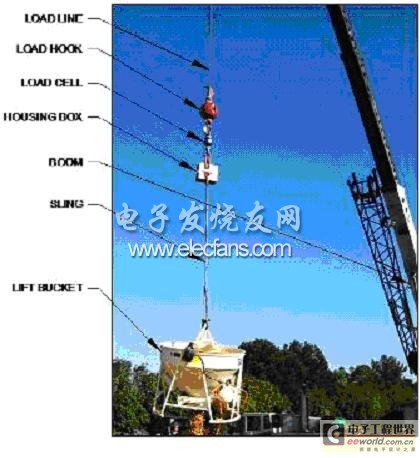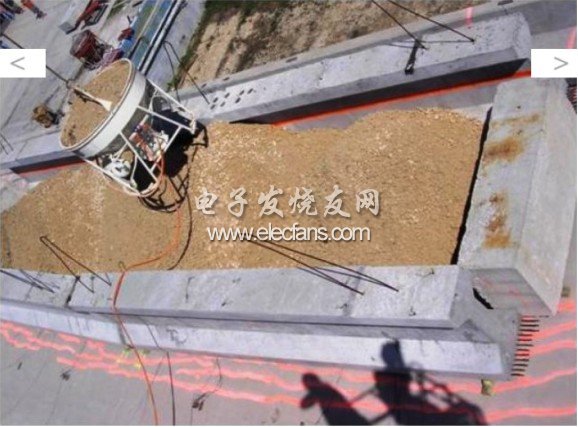introduction In this paper, the load cell sensor is attached to the load-bearing cable of the on-board crane suspension bucket, and is connected to the NIWLS-9237Wi-Fi data acquisition (DAQ) module to easily read and record the on-site load data to measure the weight of the bridge subgrade. Using NI hardware and software to develop wireless measurement system Ferguson Structural Engineering Laboratory has a set of structural testing tools and various loading equipment, which can carry out extensive research in the field of structural characteristics. In 2009, researchers in the laboratory successfully conducted a collapse test on a 120-foot bridge with artificial cracks to study its classification as a critical fault established by the National Highway and Transportation Association. After three rounds of testing, the bridge finally collapsed because it could not carry more than 360,000 pounds. The researchers tested it to determine the damage characteristics of the bridge after the crack surface and the vulnerability of the beam after fracture. The result is that the bridge withstands about 4.5 times the weight of the maximum theoretical load. The purpose of this test is to observe the sequence of mechanism failures and determine the maximum load required to cause the initial collapse of the overall bridge. According to the system behavior of the double box girder structure bridge, three rounds of testing are required, two dynamic and one static. In the first round of testing, we used an explosive filler to artificially destroy the bottom edge of one side beam. If the bridge is at a critical fracture at this time, the fracture will cause the bridge to collapse; however, the bridge was not significantly damaged after the first round of testing. We conducted another dynamic test to induce collapse, the bridge was jacked up from its original location, and the cracks of the broken beam expanded in a mesh shape, which was then quickly eliminated by the jacking. Once again, the bridge remained intact after the test. In the last test, we continued to increase the load on the bridge until it collapsed. Initially, the theoretical load was doubled, and then the load was dumped through the crane bucket to increase the load, 1,500 to 3,000 pounds each time (Figure 1). After more than 100 times, the bridge load exceeded 360,000 pounds and eventually collapsed. figure 1 Due to the danger of bridge collapse, the most important issue in testing is safety. Therefore, we use the NIWLS-9237 wireless data acquisition module to collect the weight data applied to the subgrade on the bridge measured by the load cell sensor. The wireless system eliminates the safety problems that the cable may cause while providing the measurement accuracy required to quickly calculate the collapse load. The system allows a simple and secure IEEE802.11g protocol to be directly connected to the sensor wirelessly. We use LabVIEW software to remotely monitor the load signal. The built-in signal conditioning and the highest level of commercial network security allow us to transmit data in real time to a remote monitoring location about 50 feet away (Figure 2). figure 2 Testing process We simulated the vehicle load by placing concrete beams of box structure on the bridge deck, and increased the weight by loading dumps on the bridge (Figure 3). Lugene was chosen as the filler for its easy availability, low cost, and high density. image 3 thunderbolt cables,Usb4 Usb C To Type-C,Usb4 Usb-C Data Cable,Customizable Type C Thunderbolt3 Cable Dongguan Pinji Electronic Technology Limited , https://www.iqdatacable.com

